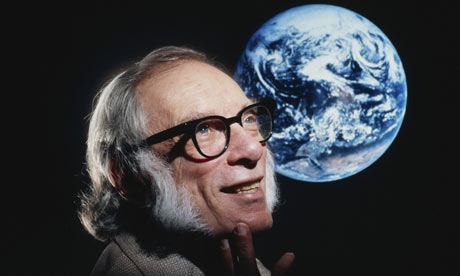- Details
A Greenrock supporter drew this video about a plastic-to-oil converting machine to our attention.
The topic has generated much interest and debate amongst commenters.
Click here for more on this story from the United Nations University.
2012 Update - The Future Scope
According to a 2012 study prepared for the American Chemistry Council, by the research organization RTI International, these Pyrolysis conversion technologies that turn plastic waste into fuel have developed to the point where they are likely to be commercially viable in just 5-10 years.
The study also points that although there’s plenty of plastic waste available to convert into fuel, plastics-to-oil technology alone is not likely to be an energy cure-all. This is because the extent of oil consumption around the world is massive, and this plastic conversion into oil cannot cater all those needs. The RTI study says:
“Given the developmental stage and the current capacities of technologies, our preliminary estimates suggest that conversion technologies would offset significantly less than 1% percent of annual North American oil consumption. The average size of a plastics-to-oil facility is in the range of 10-30 tons per day. If there were 100 plastics-to-oil facilities in North America by 2015, conversion production could offset approximately 6,000 -18,000 barrels of oil per day, assuming 1 ton of plastic yields 6 barrels of oil. In contrast, total consumption of crude oil in North America is forecast to be 21.57 million barrels per day in 2015.”
Regarding the future of this plastic to oil conversion, the RTI study concludes saying:
"The future of these technologies will depend heavily on the success of first-generation facilities, but some successes are already coming to fruition. Two facilities have off-take agreements, and almost all of the surveyed vendors have recently received awards for innovation and/or clean energy solutions. Conversion technologies should be considered an emerging, viable option for managing non-recycled plastics and MSW (municipal solid waste) in the near future."
So only time and development in these technologies will tell us how efficient, safe and profitable these conversion processes can be.
- Details

About 250,000 people pass through Stockholm's Central Station each day
Body heat is not an energy source that normally springs to mind when companies want to keep down soaring energy costs.
But it did spring to the mind of one Swedish company, which decided the warmth that everybody generates naturally was in fact a resource that was going to waste.
Click here to read full article.
- Details

Isaac Asimov (c.1920–1992) is one of the greatest science fiction writers in history -- his Foundation novels and Robot universe (which recently inspired the I, Robot Will Smith film) continue to inform popular culture to this day. Asimov was also a professor of biochemistry at Boston University and a prolific author of successful pop science books as well. In other words, the man was no slouch. No surprise then, that he speaks more eloquently about climate change in 1977 than most folks do today.
Click here to see this fascinating article and footage from treehugger.com.
- Details
 CONSHOHOCKEN, Pa. (AP) -- Home decor and furniture company IKEA is no longer stocking or selling incandescent light bulbs in its U.S. stores, instead offering longer-lasting and energy-efficient bulbs.
CONSHOHOCKEN, Pa. (AP) -- Home decor and furniture company IKEA is no longer stocking or selling incandescent light bulbs in its U.S. stores, instead offering longer-lasting and energy-efficient bulbs.
The retailer began phasing out the sale of the light bulbs in August. IKEA's action comes ahead of federal legislation that would mandate more efficient light bulbs starting in 2012.
- Details
 KIPTUSURI, Kenya — For Sara Ruto, the desperate yearning for electricity began last year with the purchase of her first cellphone, a lifeline for receiving small money transfers, contacting relatives in the city or checking chicken prices at the nearest market.
KIPTUSURI, Kenya — For Sara Ruto, the desperate yearning for electricity began last year with the purchase of her first cellphone, a lifeline for receiving small money transfers, contacting relatives in the city or checking chicken prices at the nearest market.
Charging the phone was no simple matter in this farming village far from ’s electric grid.
© 2018 Greenrock Bermuda | All Rights Reserved | Web Design & Development

